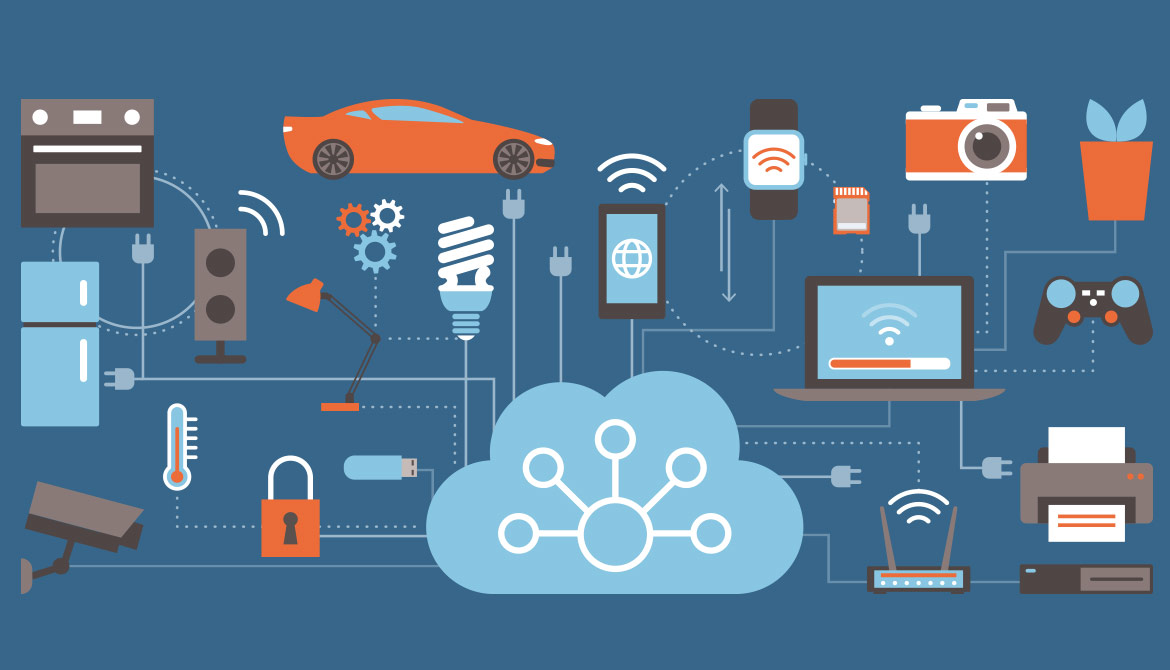4 minutes
Geolocation and smart assistants are new avenues to providing members with a high-value experience.
Using a new generation of connected devices, credit unions can provide highly relevant, personalized product and service offerings to foster stronger relationships with members. The most successful credit unions won’t deploy the Internet of Things simply because it is available. Instead they will set up connected devices for members to use in a way that creates genuine value, using the technology to engage members in the right context and deliver a positive experience.
In the early 2000s, when smartphones became mainstream and personal computers became indispensable, credit unions of all sizes began to realize the importance of engaging members across all channels, rather than just through the physical. This gave rise to the often over-used buzz word, “omnichannel.”
Today, there are more ways than ever for credit unions to interact with members, including smartphones, smart watches, fitness trackers, as well as smart assistants like Alexa and Siri.
As a result, the need to design a better member experience with “omnichannel” connected devices is even more pressing. Not surprisingly, according to Tata Consultancy Services, financial institutions are expected to spend $153.5 million on IoT technologies in 2018.
So, how can credit unions leverage the latest technologies like smart assistants and wearable devices to go beyond delivering an omnichannel experience and instead engage with members in the right context? Here are two new channels to consider.
Geolocation
One way to accomplish this is via location-based offers and notifications. Thanks to smartphone- and IoT-driven location services, a credit union can make a highly relevant offer at the right time, in the right place.
For example, a credit union can recognize when a member is visiting a car dealership and send the current promotional interest rate on an auto loan. This high level of personalization shows members that the credit union can anticipate their needs and fulfill them, well before the competition has a chance to step in.
As a result, location-based offers can significantly increase member loyalty. Location-based services can also help provide a better in-branch experience. For example, when a member walks into a branch, a location notification could be sent to teller officer or branch manager for a better member experience. Or, perhaps a member has just left the branch—with location data, the credit union can send a notification prompt to the member to complete a brief satisfaction survey.
Smart Assistants
According to Capgemini, 35 percent of consumers have purchased products using a voice-activated virtual assistant and 28 percent have made a payment or sent money using a virtual assistant. While most voice banking capabilities center on checking account balances and making simple transfers, smart assistants boast significant potential for credit unions to deeply engage members.
Eventually, smart assistants should be able to prompt members to invest extra cash by opening a savings account. Using his or her voice, a member can open a new credit union account and begin transferring funds. A smart assistant can guide the member through the account opening process, answering typical questions or calling the credit union to get an answer to a more unusual inquiry.
In keeping with the account opening example, smart assistants can deliver personalized answers based on real-time information. For instance, a member might ask, “What is the status of my mortgage application?” The smart assistant can answer this specific question based on real-time data from the credit union.
Down the road, smart thermostats connected to smart assistants could advise homeowners on how to reduce energy bills by a certain amount each month and then prompt the member to use those savings for a retirement fund or to pay off credit card debt.
Ultimately, connected devices provide new avenues for engaging members. Credit unions should consider harnessing the data these channels provide to identify behavioral trends and develop enhanced member profiles. In doing so, credit unions can make better informed decisions about bringing new products and services to market by understanding how their members typically use each channel, where they spend money and how they spend their time. With this intel, credit unions not only will benefit make better decisions, but can also direct members to the lowest-cost channel while still providing true value and an outstanding member experience.
Abhishek Veeraghanta is a business development executive for digital initiatives at VSoft, Duluth, Ga.
If you liked this post, you might also want to read “Wherever Cards Are Worn” and “Spending Wisely,” about how CUs will use 2018 technology and scarce dollars to bring members a smoother ride.
You might also be interested in attending Payments University, the CUES School of IT Leadership and the School of Strategic Marketing I.





